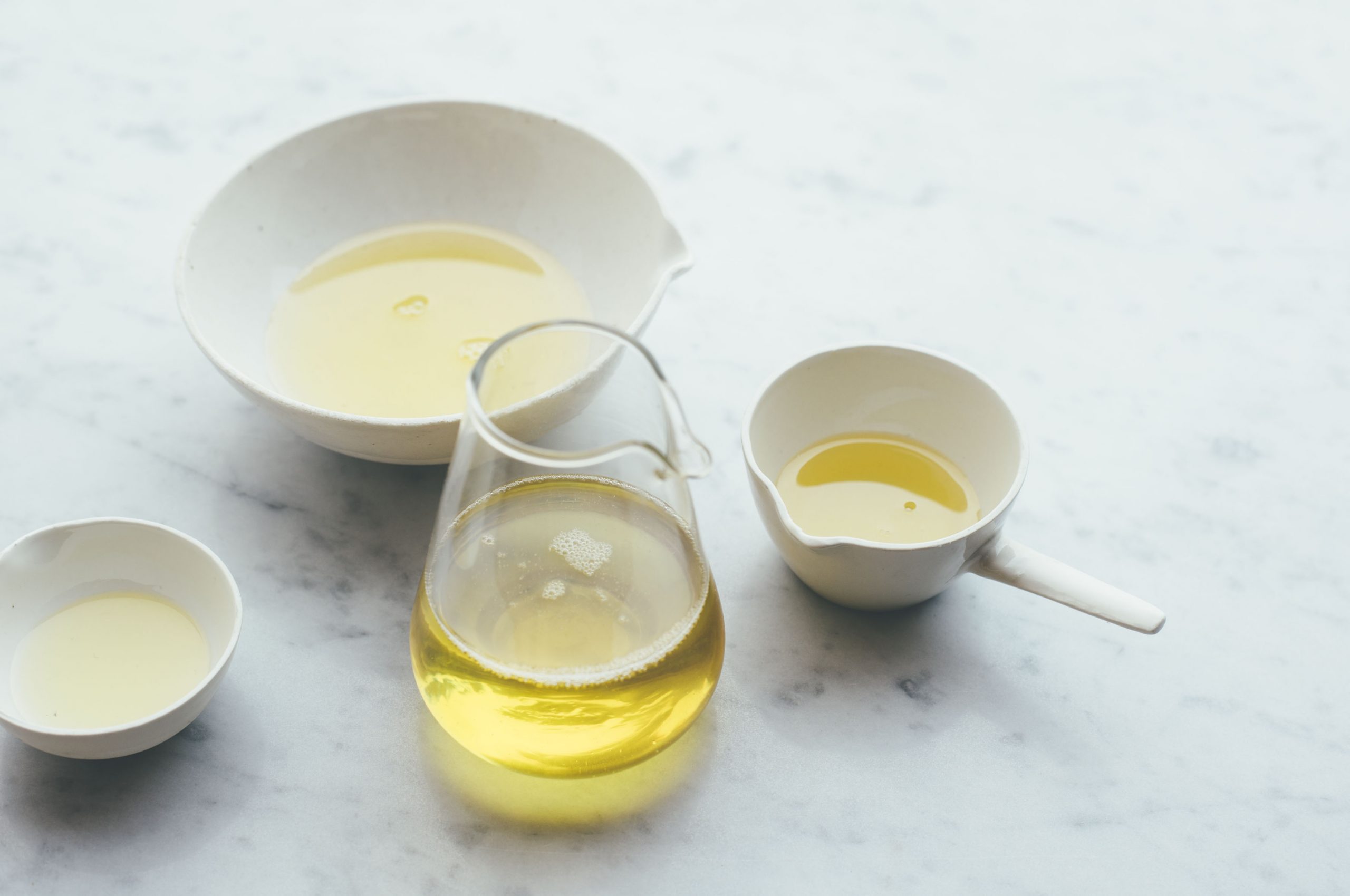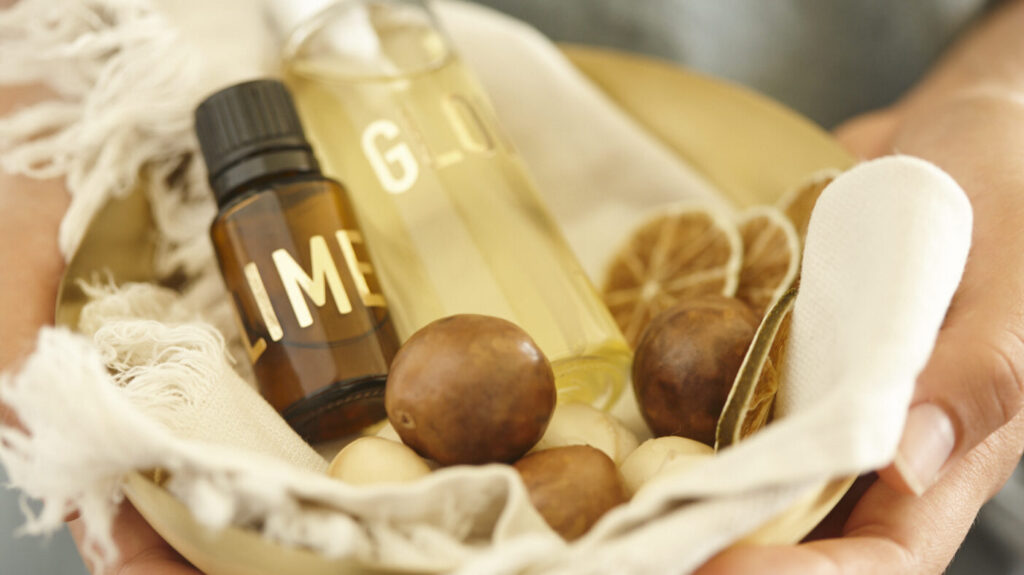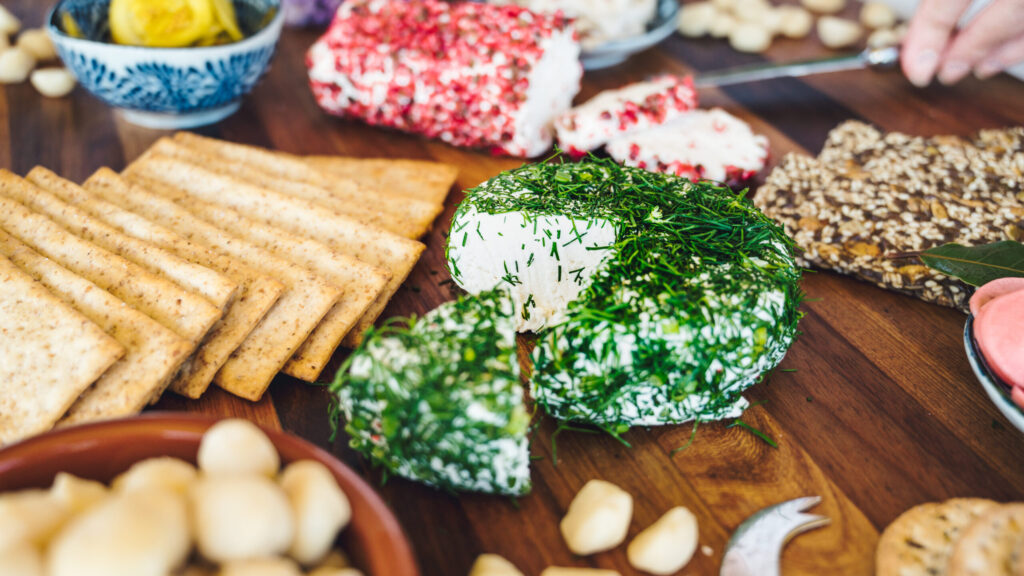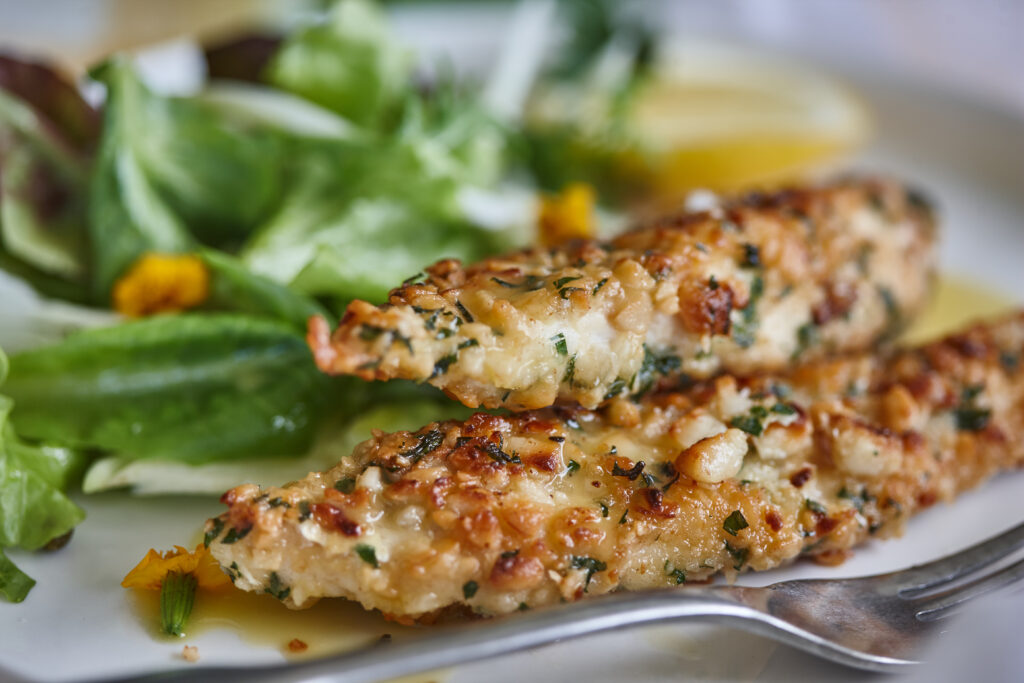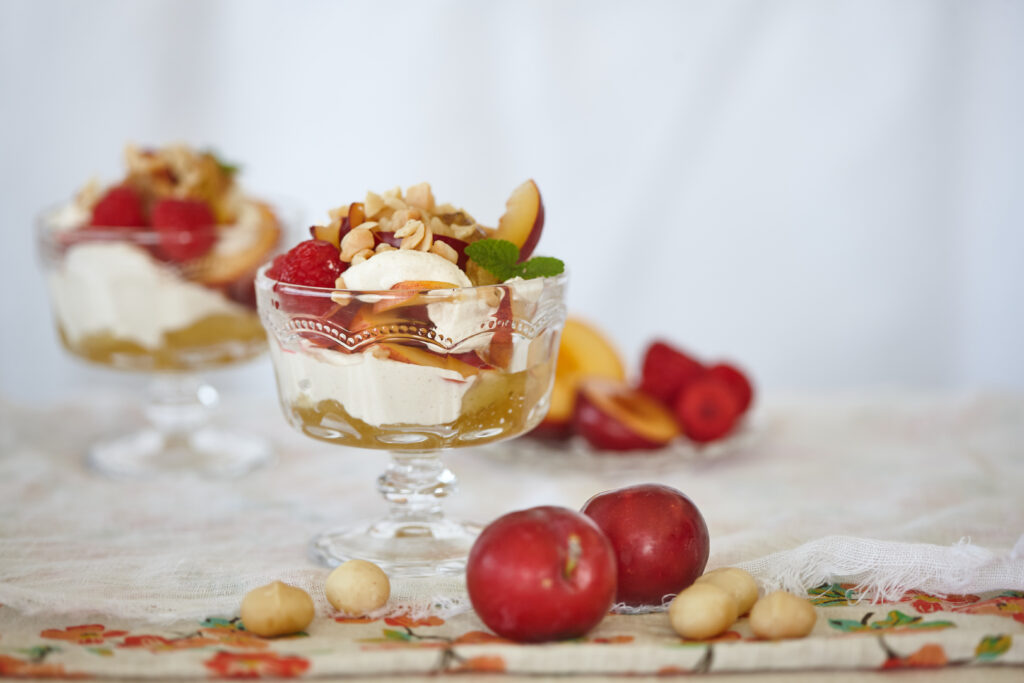You’ve heard that macadamias have high levels of “good fats” but what does that actually mean? And what makes one fat better than another?
For at least the last 50 years, dietary fat was frowned upon. It all began with Ancel Keys in the 1950s. He was an American physiologist who studied the relationship between diet and health and started advocating for a low-fat diet. He’d noticed that countries who consumed food lower in fat had lower rates of death from heart disease. His study was later found to have several flaws, however it became the basis for healthy eating recommendations for the next several decades.
Because of the popularity of Keys’ work, the advice to avoid fat altogether lasted a long time. However, as nutritional science evolved, it became clear that not all fat was bad. In fact, there were some types of fats which had a variety of health benefits.

Understanding Fat
There are different kinds of fats. We categorise them according to their chemical makeup and how the atoms within them are bonded together. The biochemistry can be bamboozling, however it is the role of hydrogen within their structure that really matters.
Saturated fat has carbon atoms that are fully ‘saturated’ with hydrogen because it has no ‘double bonds’ within its structure. It sounds scientific, but outside a high-tech lab you can tell if a fat is a saturated fat because it will usually be solid at room temperature. Animal products like meat and dairy, as well as coconut oil and palm oil are all full of saturated fats. That’s why products like butter or coconut oil have a different consistency depending on the temperature of the environment around them. Leave them on the bench top in winter and they stay solid but in summer they liquify.
Unsaturated fats are slightly more difficult to explain. In technical terms, their carbon atoms aren’t saturated with hydrogen and have ‘double bonds’ that they can use to attach to other types of atoms. There are several types of unsaturated fats: monounsaturated, polyunsaturated and trans fats. Monounsaturated fat and polyunsaturated fat are essential for healthy heart function and brain development. Both occur naturally in things like nuts and seeds, fish and avocados.
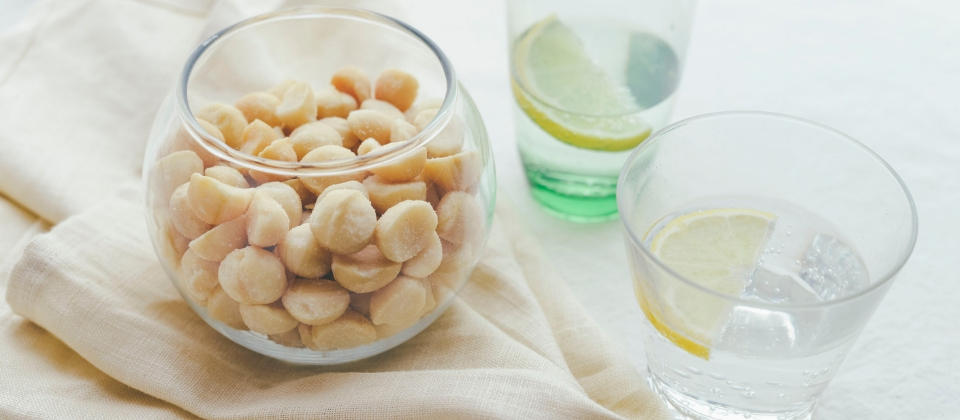
Trans fats do occur naturally in very small quantities, but they are mostly the result of industrial food processing. They are found in foods that use partially hydrogenated vegetable fats, like deep-fried foods and shop-bought biscuits, cakes, pastries and buns.
Which ones are the good ones?
After scientists understood that not all fats were bad, they started advise that saturated = bad and unsaturated = good. But nutritionists now see still more nuance. Saturated fats are still considered to be best avoided, but trans fats are considered to be dangerous for your health. In fact, the World Health Organisation is on a mission to ban them entirely. However, polyunsaturated fats and monounsaturated fats are considered vital for healthy hearts, brains and bodies.
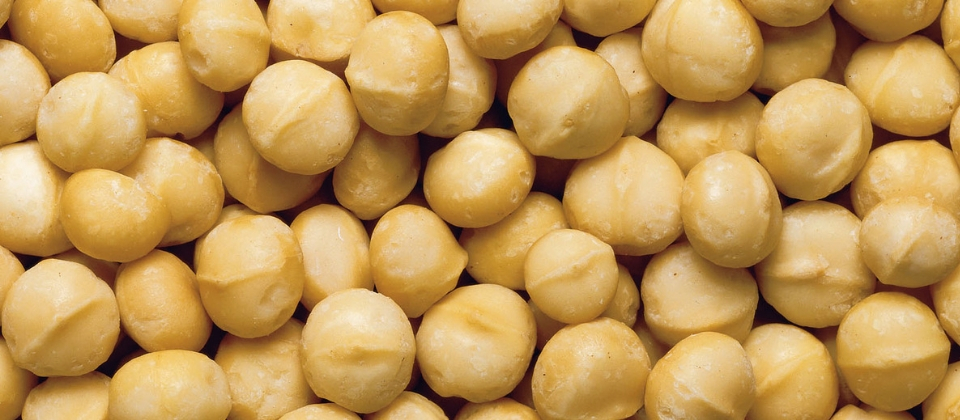
Macadamias are full of good fats
The good news is that macadamia nuts are a delicious way to consume the healthy fats that our bodies need. They have a low proportion of saturated fats, no nasty trans-fats and are rich in heart-friendly monounsaturated fats. They are also packed with other beneficial nutrients.
The high healthy-fat content in macadamias makes them a great choice for people following the keto diet, but because we all need monounsaturated fats for healthy hearts and brains they are a good choice for anyone who wants a delicious, healthy snack. So, try a healthy handful today!
